Are you frustrated with your slow computer? You’re not alone; many users face this issue daily. In this guide, we’ll provide a solution to enhance your computer experience by cleaning up junk files. To make it even more actionable, we’ve included a comprehensive checklist to guide you through the process step by step.
But why does this matter? Think about your daily computer activities—work, entertainment, communication. A sluggish computer hampers productivity and enjoyment, making even the simplest tasks feel like a chore.
Let’s explore the key to unleashing your computer’s potential with the help of our step-by-step checklist. But first, let’s understand what causes computer slowdowns and how this checklist can address those issues.
What are the Common Reasons for Computer Slowdowns?
To address computer slowdowns effectively, it’s essential to consider various contributing factors:
Aging Hardware
As your computer ages, its hardware may deteriorate, leading to reduced performance. There are methods to mitigate this.
Software Accumulation
Installing many applications on your computer can result in the accumulation of files, hindering processing power. Effective management is crucial.
Malware and Viruses
Viruses, spyware, and other malware can significantly impact your PC’s speed and security. Maintaining a clean and secure system is vital.
Insufficient RAM
Inadequate Random Access Memory (RAM) can lead to slower performance, especially when running memory-intensive applications.
Fragmented Hard Drive
File fragmentation can slow data access speeds. Regular defragmentation can help.
Startup Programs
A lot of programs set to launch at startup can prolong boot times and reduce overall speed.
Overheating
Excessive heat can lead to performance reduction. Proper cooling is essential.
Driver Issues
Outdated or incompatible drivers can cause hardware-related performance problems. Regular driver updates can help.
Also read: Top 10 Tips and Tricks for Windows 11
How to Clean Up Junk Files and Speed Up Your PC?
Disclaimer: The steps mentioned in this guide are for informational purposes only. Before making any significant changes to your system, it is advisable to back up your data and consult professionals if necessary.
A sluggish computer can be a real frustration, but with the following steps, you can significantly enhance its performance:
Restart Your Computer
A simple yet effective fix for general slowdowns. Restarting your computer halts all processes and frees up memory, resulting in improved performance.
To reboot your computer, just click on the “Start” menu, choose “Restart,” and confirm your selection. This process stops all running tasks and releases system memory, leading to enhanced performance.
Stop Resource-Intensive Tasks
Manually close unnecessary applications or use the Task Manager to identify and terminate resource-hogging processes. This can substantially reduce CPU load and enhance overall speed.
To manually close unnecessary applications, click the “X” in the top-right corner of each application window. Alternatively, use the Task Manager:
- Press Ctrl+Shift+Esc to Open Task Manager
- In Task Manager, go to the “Processes” tab.
- Sort by “CPU” or “Memory.”
- Locate programs using excessive resources.
- Right-click on them and select “End Task” to close them.

Consider Using Device Optimization Tools
While a dedicated device optimization program can streamline your computer’s performance, it’s important to note that not all of these programs are created equal. Some might have the benefits of reducing startup times and cleaning out system junk, but it’s crucial to research and choose one that is reputable and fits your specific needs.
Remove Unused Apps and Software
Free up valuable storage space by uninstalling apps and software you no longer use.
- Go to your PC’s “Settings” or “Control Panel.”
- Click on “Apps” or “Programs.”
- Scroll through the list and select apps or software you no longer use.
- Click “Uninstall.”
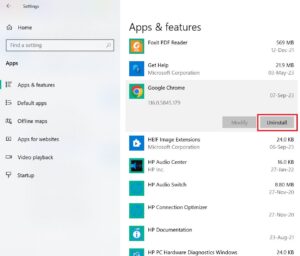
Screenshot 2
Additionally, get rid of pre-installed bloatware that consumes system resources.
Delete Large Files
Large, unnecessary files can bog down your system. Regularly delete these files or move them to cloud storage or an external drive to free up space.
Launch “File Explorer,” go to the directory where you have large files, right-click on them, and choose “Delete.” Alternatively, you can transfer these files to either cloud storage or an external drive to create more space.
Clear Out Old Files and Downloads
Your Downloads folder can accumulate old files over time. Move these files to a safe location or cloud storage to declutter your hard drive and enhance performance.
In “File Explorer,” access your “Downloads” folder, select old files, right-click, and choose “Delete” or move them to cloud storage.
Empty Your Recycle Bin
Keep your Recycle Bin clean by frequently emptying it. This permanently removes deleted files from your system and recovers valuable disk space.
Right-click on the Recycle Bin icon on your desktop and select “Empty Recycle Bin” to permanently remove deleted files and recover valuable disk space.
Remove Unused Browser Extensions
Browser extensions can consume memory and slow down your internet experience. Remove unnecessary extensions to improve browser performance.
In your web browser (e.g., Chrome or Firefox), click on the three dots or lines in the top-right corner, go to “Extensions” or “Add-ons,” and remove unnecessary extensions to improve browser performance.
Clear Browser Cache and History
Regularly clear your browser’s cache, history, cookies, and temporary files to prevent lag and maintain a smooth browsing experience.
In your browser settings, typically under “Privacy” or “History,” find the option to clear cache, history, cookies, and temporary files.
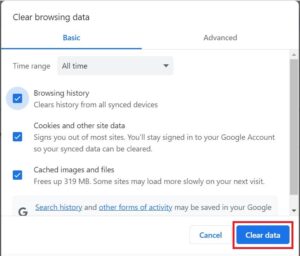
Screenshot 3
Optimize Startup Applications
Manage startup programs through the Task Manager to ensure only essential apps launch at startup. This can significantly improve boot times and overall speed.
- Press Ctrl+Shift+Esc or Ctrl+Alt+Delete to Open the Task Manager
- Go to the “Startup” tab.
- Disable unnecessary startup programs by right-clicking and selecting “Disable.”
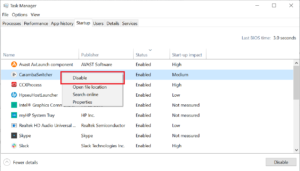
Screenshot 4
Turn Off Search Indexing
Disable Windows Search Indexing to reduce system resource usage. This is particularly beneficial for older systems where every resource-saving measure counts.
- Press “Windows Key + S.”
- Type “Services” and press Enter.
- In the Services window, find “Windows Search.”
- Right-click and select “Properties.”
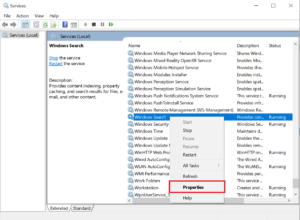
Screenshot 5
- Set the “Startup type” to “Disabled” and click “Apply.”

Screenshot 6
Check for Malware, Adware, and Spyware
Install a reliable antivirus program to scan for and remove any malware that could be slowing down your PC.
Run the Troubleshooter
Make use of the Windows Troubleshooter to identify and resolve performance-related issues. It can pinpoint hidden settings that might be impacting your computer’s speed.
- In the “Settings” menu, go to “Update & Security.”
- Click on “Troubleshoot.”
- Run the Windows Troubleshooter to identify and resolve performance-related issues.
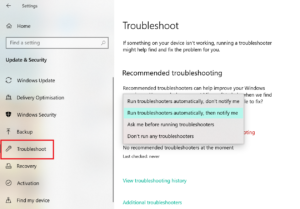
Screenshot 7
Adjust Appearance and Visual Settings
Streamline your computer’s visual effects by adjusting appearance settings. Although this won’t provide a massive speed boost, it can help in some cases.
- Right-click on the “Start” button.
- Select “System.”
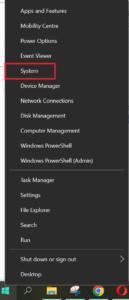
Screenshot 8
- Go to “Advanced system settings” on the left.
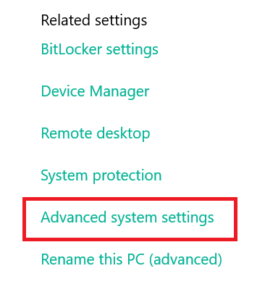
Screenshot 9
- Under the “Advanced” tab, click “Settings” in the “Performance” section.

Screenshot 10
- Choose “Adjust for best performance” to streamline visual effects.
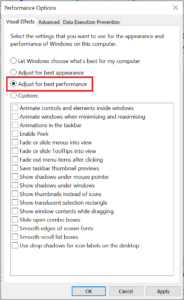
Screenshot 11
Change Your PC’s Power Settings
Optimize your PC’s power settings by selecting “High Performance.” Keep in mind that this may reduce battery life on laptops.
- Open the “Control Panel.”
- Go to “Power Options.”
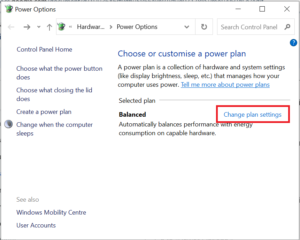
Screenshot 12
- Select “High performance” to optimize your PC’s power settings.
Upgrade Hardware
Consult your PC’s manual or manufacturer’s website for instructions on upgrading RAM or adding an SSD for improved performance.
Regularly Update Software
Set your operating system and software applications to update automatically, or manually check for updates regularly. Keeping them up to date ensures they run efficiently.
Clean the Interior
Dust and dirt can accumulate inside your computer, affecting its cooling system. Consult your PC’s manual for instructions on safely opening the case. Use compressed air to remove dust and dirt.
Backup and Reinstall
As a final option, safeguard your critical data and proceed to reinstall your operating system for a clean slate.
Before initiating the OS reinstallation, be certain to back up your essential data onto an external drive or into cloud storage. Consult either your PC’s user manual or visit the manufacturer’s website for instructions on how to reinstall the operating system for a fresh beginning.
Also read: 5 The Best Ways To Recover Data On A Windows OS Computer
PC Performance Enhancement Checklist
Hardware Check:
- Assess the age and condition of your computer hardware.
- Consider hardware upgrades like RAM or SSD for improved performance.
Software Cleanup:
- Restart your computer periodically to free up memory.
- Manually close resource-intensive applications and processes.
- Download and use a dedicated device optimization program.
- Uninstall unused apps and software from your PC.
- Remove pre-installed bloatware that consumes system resources.
- Delete large, unnecessary files to free up disk space.
- Organize or transfer large files to cloud storage or an external drive.
- Clear out old files and downloads from the Downloads folder.
- Empty the Recycle Bin to recover disk space.
Browser Optimization:
- Remove unnecessary browser extensions for improved performance.
- Regularly clear browser cache, history, cookies, and temporary files.
Startup Management:
- Use Task Manager to optimize startup programs.
- Disable unnecessary startup applications for faster boot times.
Windows Settings:
- Disable Windows Search Indexing for resource-saving.
- Run a reliable antivirus program to scan and remove malware.
- Utilize the Windows Troubleshooter to identify performance issues.
- Adjust appearance and visual settings for efficiency.
- Optimize power settings (select “High Performance” for desktops).
Hardware Maintenance:
- Clean the interior of your computer to remove dust and dirt.
Backup and Reinstallation (Last Resort):
- Backup critical data to external storage or cloud before reinstalling the OS.
- Consult your PC’s manual or manufacturer’s website for OS reinstallation instructions.
Software Updates:
- Set up automatic updates for the operating system and software applications.
- Manually check for updates regularly to ensure efficient operation.
Conclusion
In conclusion, these techniques outlined in our guide provide a robust method for improving your computer’s performance, regardless of whether you’re using an older or newer machine. By following the steps in the checklist, you can effectively regain control over your computer’s efficiency.
Remember that maintaining an organized and well-protected system is fundamental to ensuring a consistent, hassle-free performance. With your computer free of clutter and optimized for efficiency, you’ll not only boost productivity but also embark on a smoother and more enjoyable computing journey.
So, don’t hesitate to start with the checklist provided. Clean up junk files, manage your software, optimize your hardware, and keep your system up to date. These actions will not only speed up your PC but also contribute to a more productive and enjoyable computing experience.

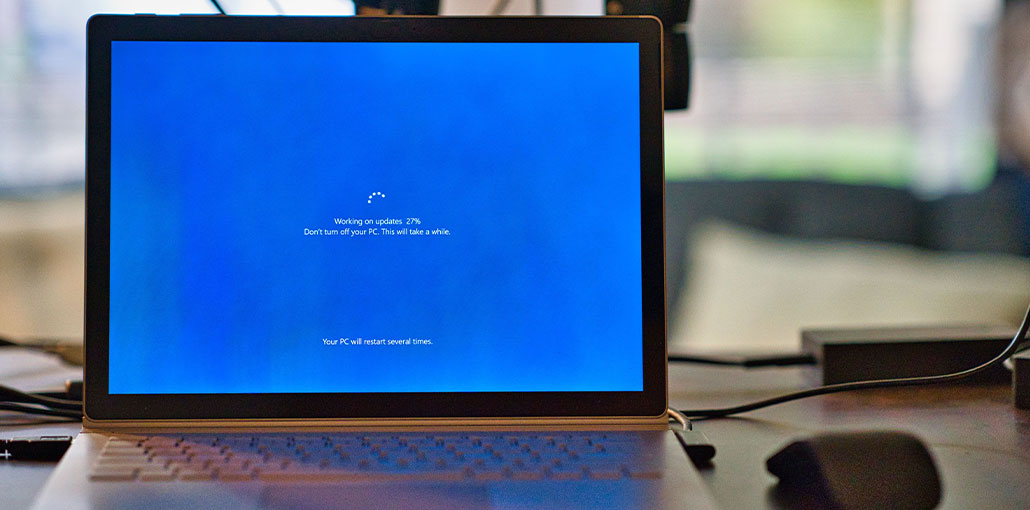



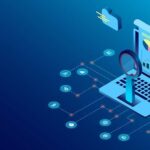


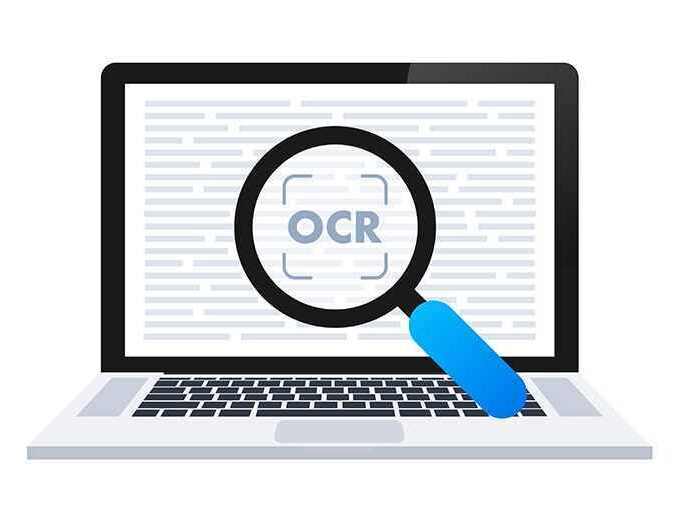
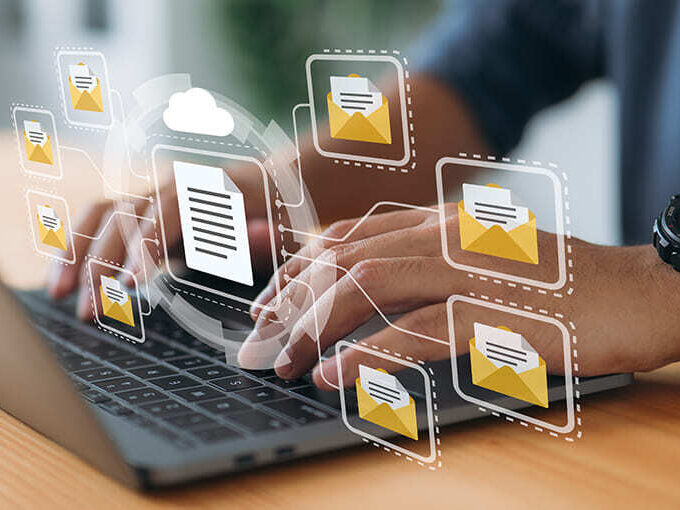
Leave a comment